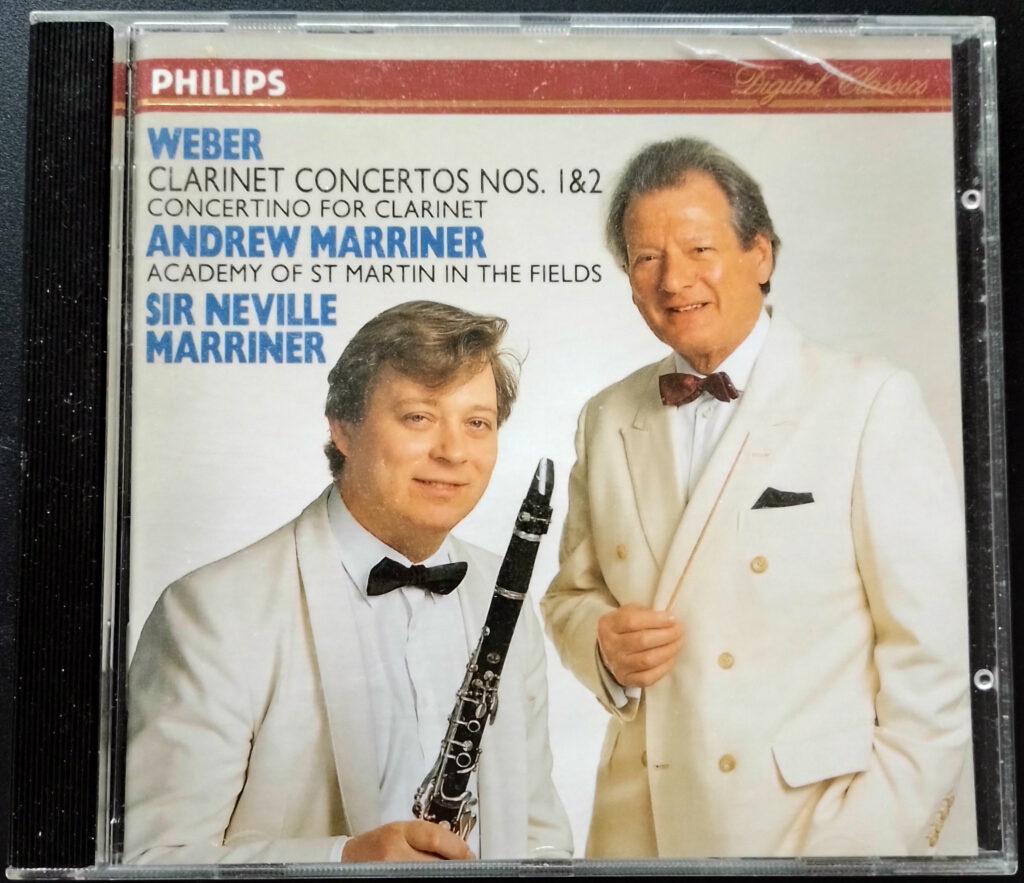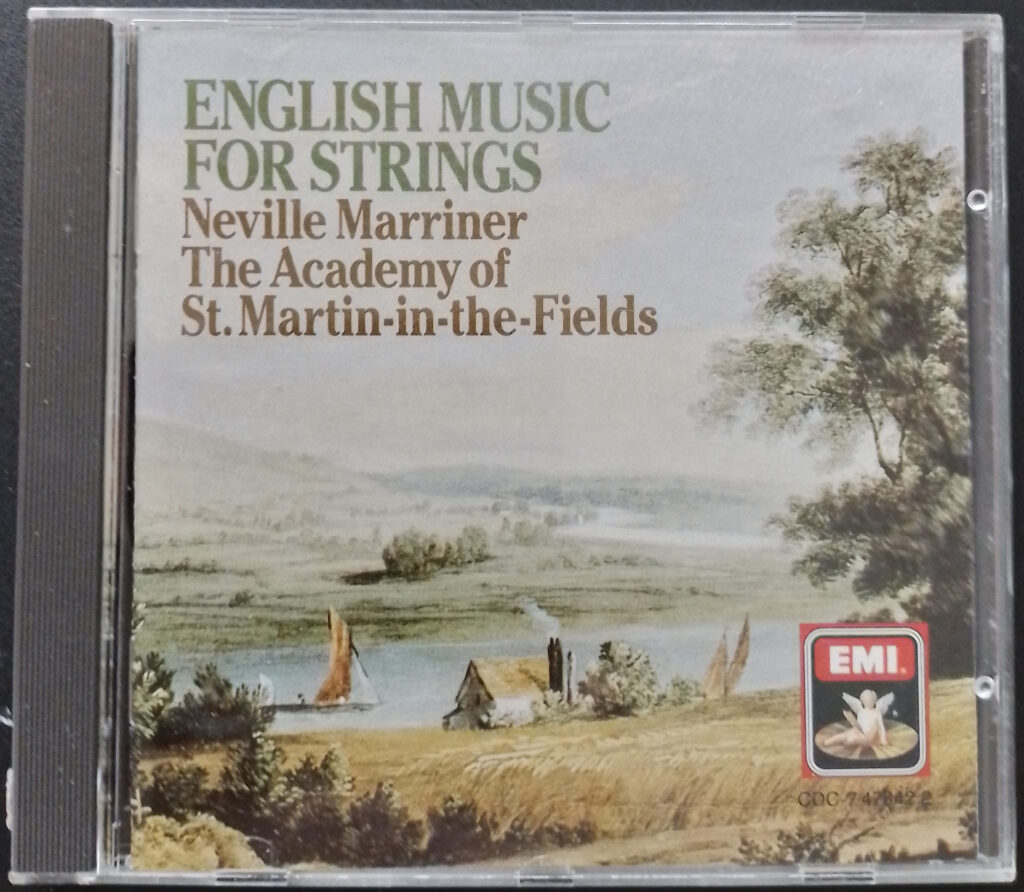The CD Era
By the end of the 1980s, vinyl was a thing of the past; recordings were issued entirely in Compact Disc form, the first examples appearing in 1983. Inevitably this gave much less scope for the sleeve art which had been such a major feature of the marketing of the industry’s products for the preceding three decades, and will, incidentally, give the ‘Marriner 100’ exhibition to be held at St Martin-in-the-Fields in April 2024 more visual pizazz than might otherwise have been available.

The other key development, again at the start of the ‘80s, was digital (as opposed to analogue) recording. So the combination of these technical, media and marketing changes provided every reason to re-record much of the standard repertoire in new format. Cassettes were another format which sold well for a while. No wonder, then, that many ‘Academy’ pieces, including several most closely associated with Neville Marriner, such as the later symphonies of Mozart and pieces like Vaughan Williams’s Fantasia on a theme by Thomas Tallis, appear three times in the Marriner/ASMF discography published in 1999. The fact that this was nearly always for three different labels underlines the advantages the Academy has enjoyed of not being tied to one sole recording company at a time.

